A Shinto wedding ceremony is a traditional Japanese ritual held at a Shinto shrine. It is a solemn and serene occasion where couples pledge their union and offer gratitude to the deities. Rooted in the Meiji era, Shinto weddings embody a perfect blend of Japan’s cultural heritage and spiritual harmony.
For international couples, participating in such a ceremony offers an authentic and unforgettable experience.
Historical Background

The origins of the Shinto wedding ceremony date back to the late 19th century during the Meiji era. The first recorded Shinto wedding was the marriage of Emperor Taisho, which popularized the ritual among the general public.
Unlike Western-style weddings that emphasize personal vows, Shinto weddings focus on the spiritual bond and community blessings. The ceremony represents the harmonious connection between humans, nature, and divine spirits.
Ceremony Flow
A Shinto Wedding Ceremony typically follows a structured flow, each step rich in symbolic meaning:
1.Procession (San-San):

The bride, groom, and their families walk in a solemn procession to the shrine,
signifying their journey into a sacred space.
2.Purification (Shubatsu):

A ritual cleansing is performed to purify the couple and the attendees, preparing them for the sacred vows.
3.Recitation of Norito:
The priest reads prayers aloud to the deities, officially reporting the couple’s marriage and seeking blessings for their union.
4.San-San-Kudo (Sake Sharing):

The couple exchanges three cups of sake in a ritual that symbolizes their deepening bond and mutual respect.
5.Ring Exchange:

Rings are exchanged as a modern addition to the traditional ceremony, symbolizing the couple’s lifelong commitment.
6.Tamagushi Offering:
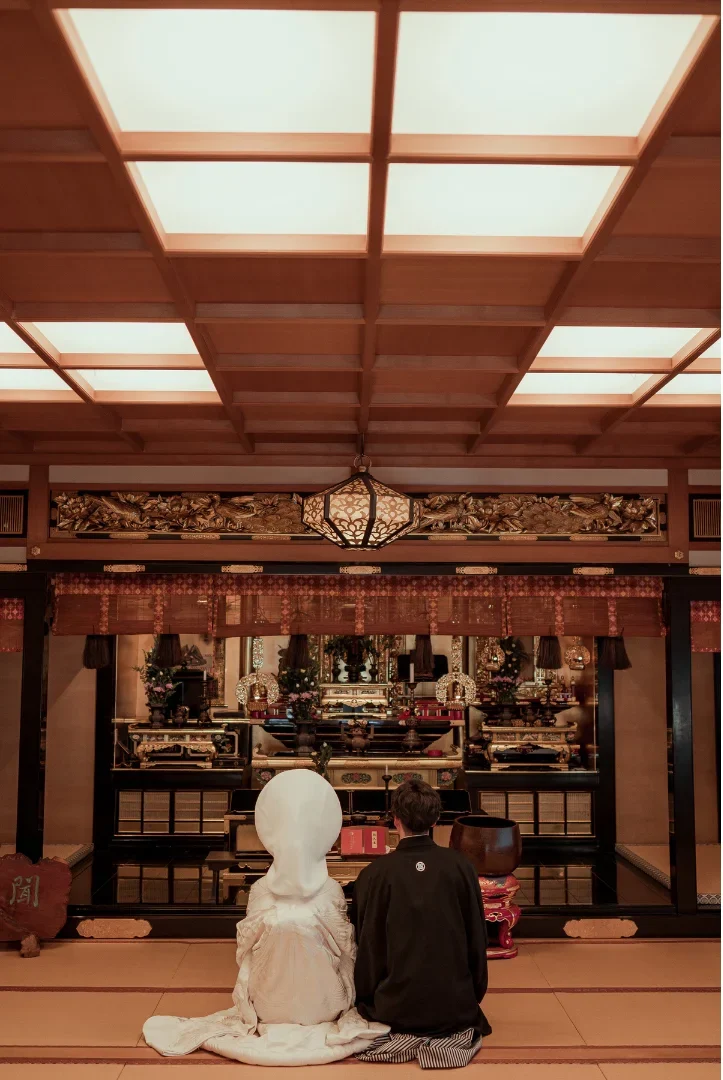
The bride and groom present a sacred branch (tamagushi) to the shrine, expressing their gratitude and prayers.
7.Exit:
The ceremony concludes as the couple and their guests leave the shrine, marking the beginning of their new journey together.
Key Differences from Western Weddings

elegance in a Shinto Wedding.
A Shinto Wedding Ceremony differs significantly from Western-style ceremonies in several ways:
Spiritual focus
While Western weddings often emphasize personal vows, Shinto weddings center around blessings from the deities.
Cultural attire
Brides wear a “shiro-muku,” a pure white kimono symbolizing purity, paired with a “tsunokakushi” (headdress). The groom wears a “montsuki hakama,”a formal kimono that exudes dignity.
Venue
Western weddings often occur in churches or banquet halls, while Shinto ceremonies are held in shrines surrounded by nature, enhancing the spiritual atmosphere.
Recommended Shrines
Several shrines across Japan are ideal for hosting a Shinto Wedding Ceremony. Some of the most notable include:
Meiji Jingu (Tokyo):
A historical and grand shrine that offers a serene and sacred environment.
Hie Shrine (Tokyo):
Known for its accessibility and blend of tradition and modernity.
Yasaka Shrine (Kyoto):
This shrine offers English support, making it accommodating for international couples. Surrounded by the traditional beauty of Kyoto, it is especially popular among tourists and couples seeking an authentic Japanese experience.
Additionally, all of these shrines are well-equipped to handle international guests. Many of them have English-speaking staff available, ensuring a smooth and comfortable experience for foreign couples.
Tips for International Couples
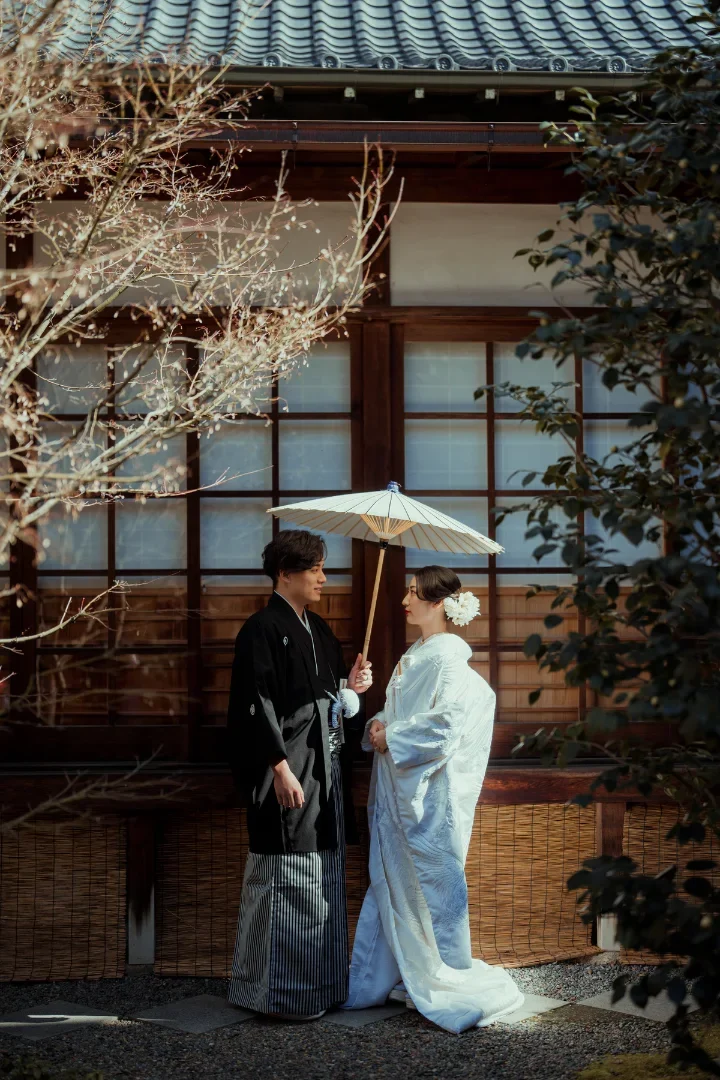
For non-Japanese couples interested in a Shinto Wedding Ceremony, here are a few key tips:
1. Choose a Shrine with English Support:
Some shrines provide English-speaking coordinators or interpreters, making it easier to navigate the rituals.
2. Prepare for the Ceremony:
Traditional attire rental services are available, and many shrines can recommend photographers experienced in capturing the beauty of the event.
3. Understand the Rituals:
Familiarizing yourself with the steps and meanings of the ceremony enhances the experience and allows you to fully appreciate the cultural richness of a Shinto wedding.
Conclusion

A Shinto wedding ceremony offers a unique blend of tradition, spirituality, and cultural beauty. Its solemn yet joyous atmosphere creates unforgettable memories for both the couple and their guests.
For international couples seeking an authentic Japanese experience, a Shinto wedding is an exceptional choice that reflects Japan’s rich cultural heritage and timeless elegance.
FAQ
1) Are Shinto-style weddings still common amongst Japanese people?
Shinto Wedding Ceremony still remains cherished by couples who value tradition and cultural heritage. However, with the growing popularity of Western-style ceremonies and modern wedding trends, the number of Shinto weddings has slightly decreased, especially among younger generations.
2) Cost of a Shinto Wedding
On average, a Shinto wedding ceremony costs between ¥300,000 and ¥700,000 (approximately USD2,000–5,000). The price varies depending on the shrine, attire, and additional services. Prestigious shrines or those offering professional photography and catering may charge more.
3) Language Barrier for Foreign Couples
While some shrines may not accommodate foreign couples due to language barriers, hiring a local wedding planner can resolve this issue. Many planners specialize in working with international clients, offering translation services and cultural guidance to ensure a smooth ceremony.


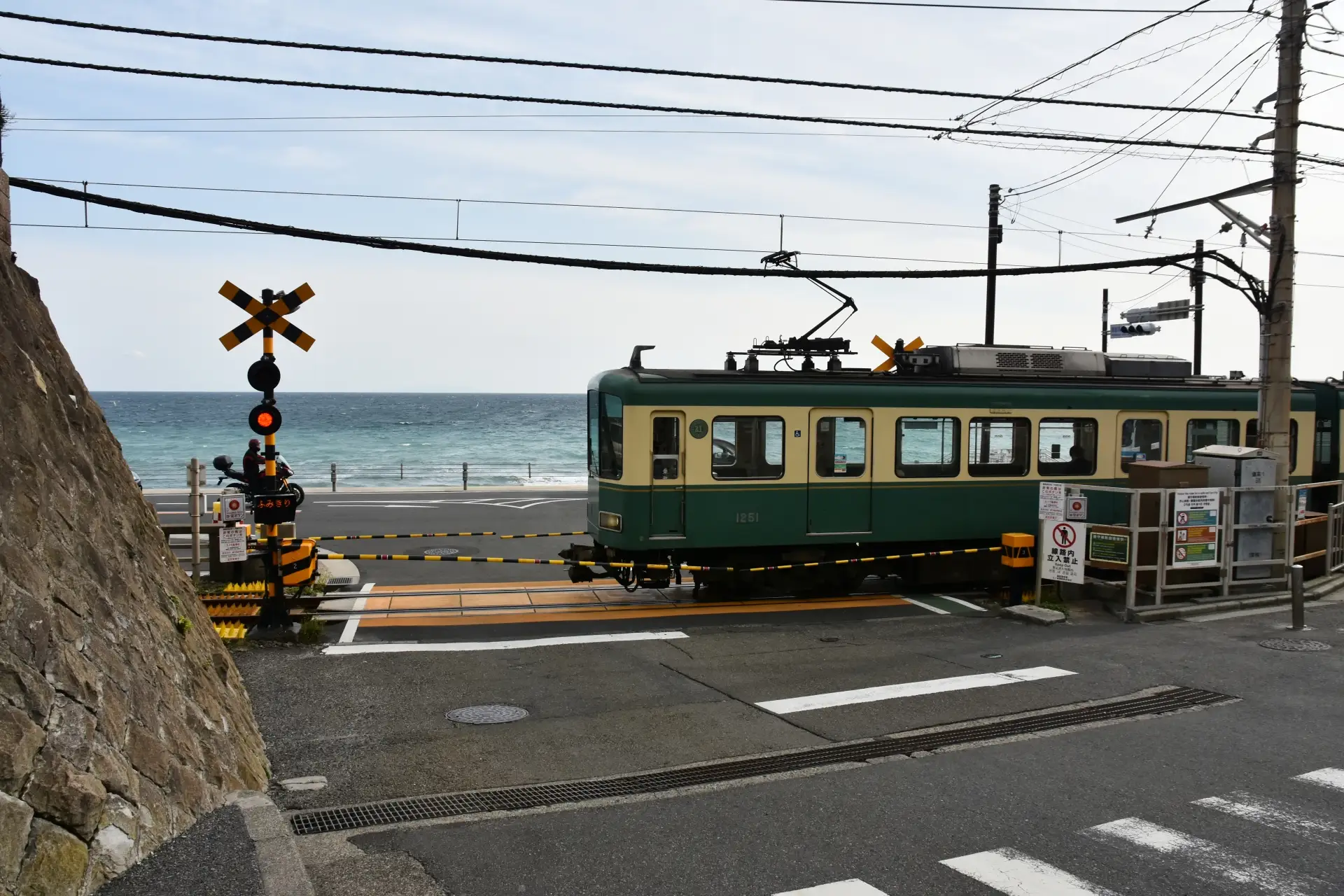
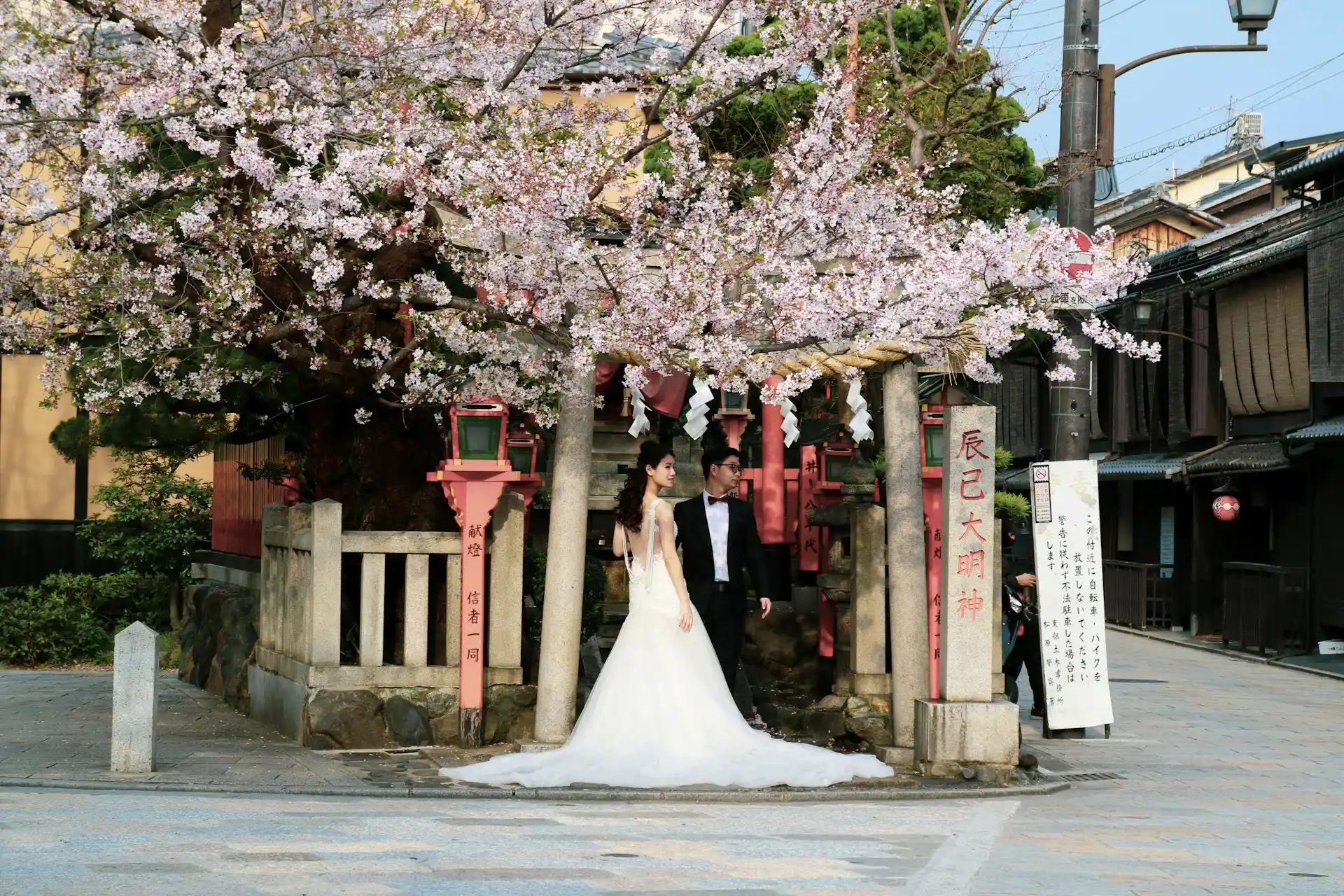
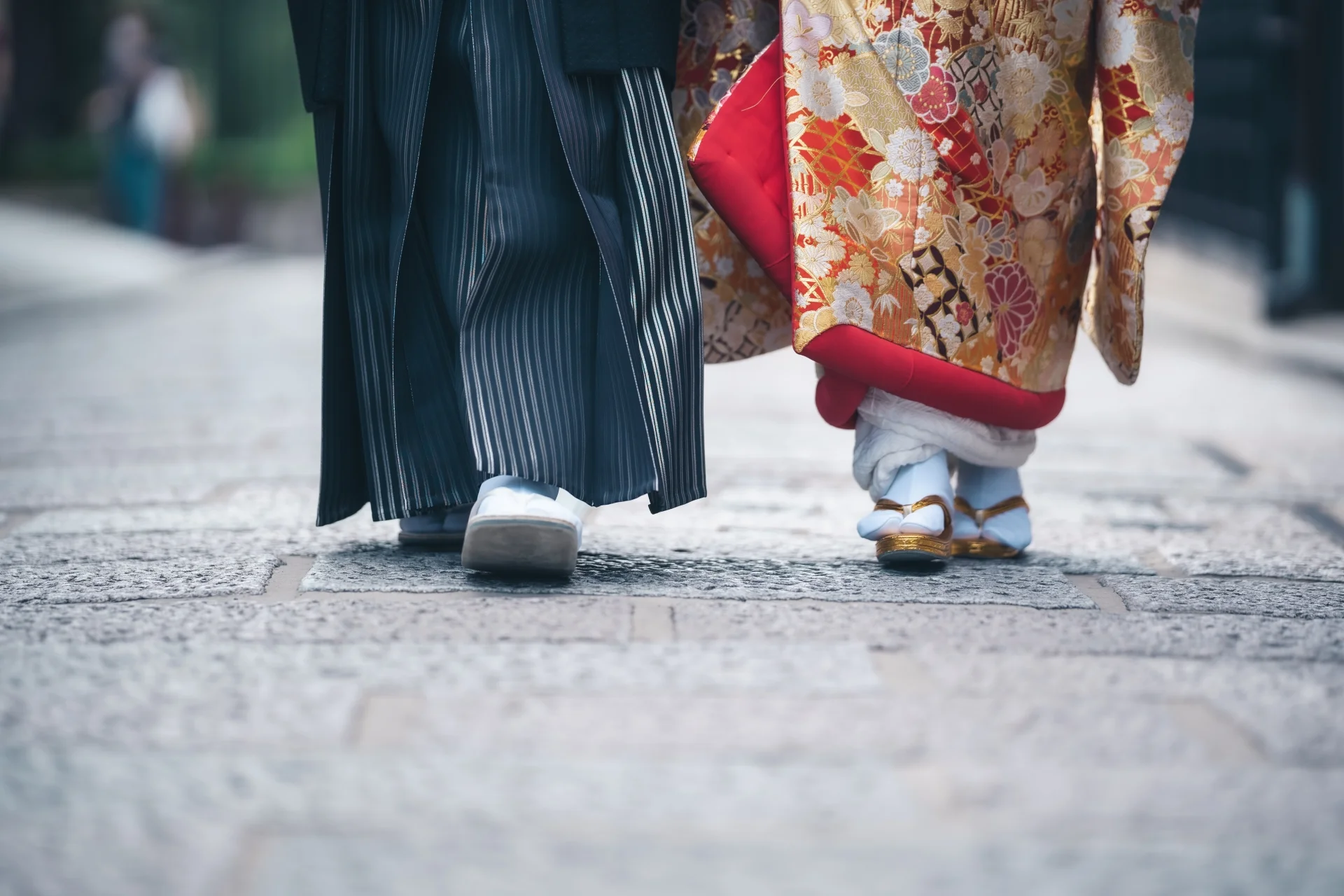



Add a comment